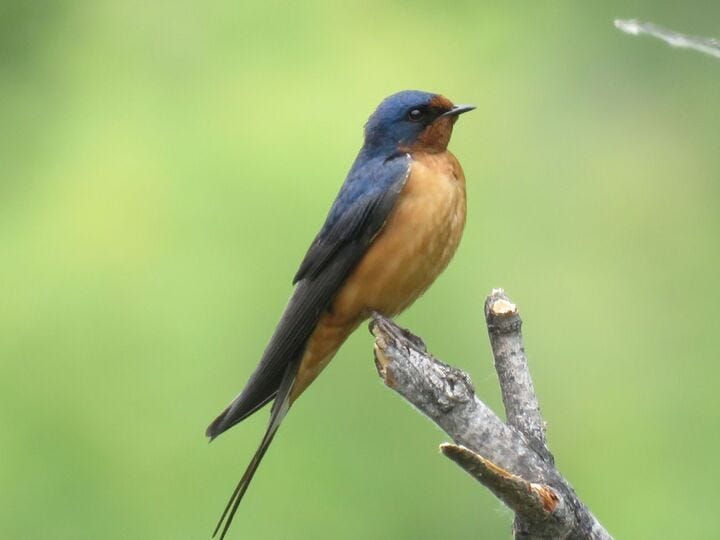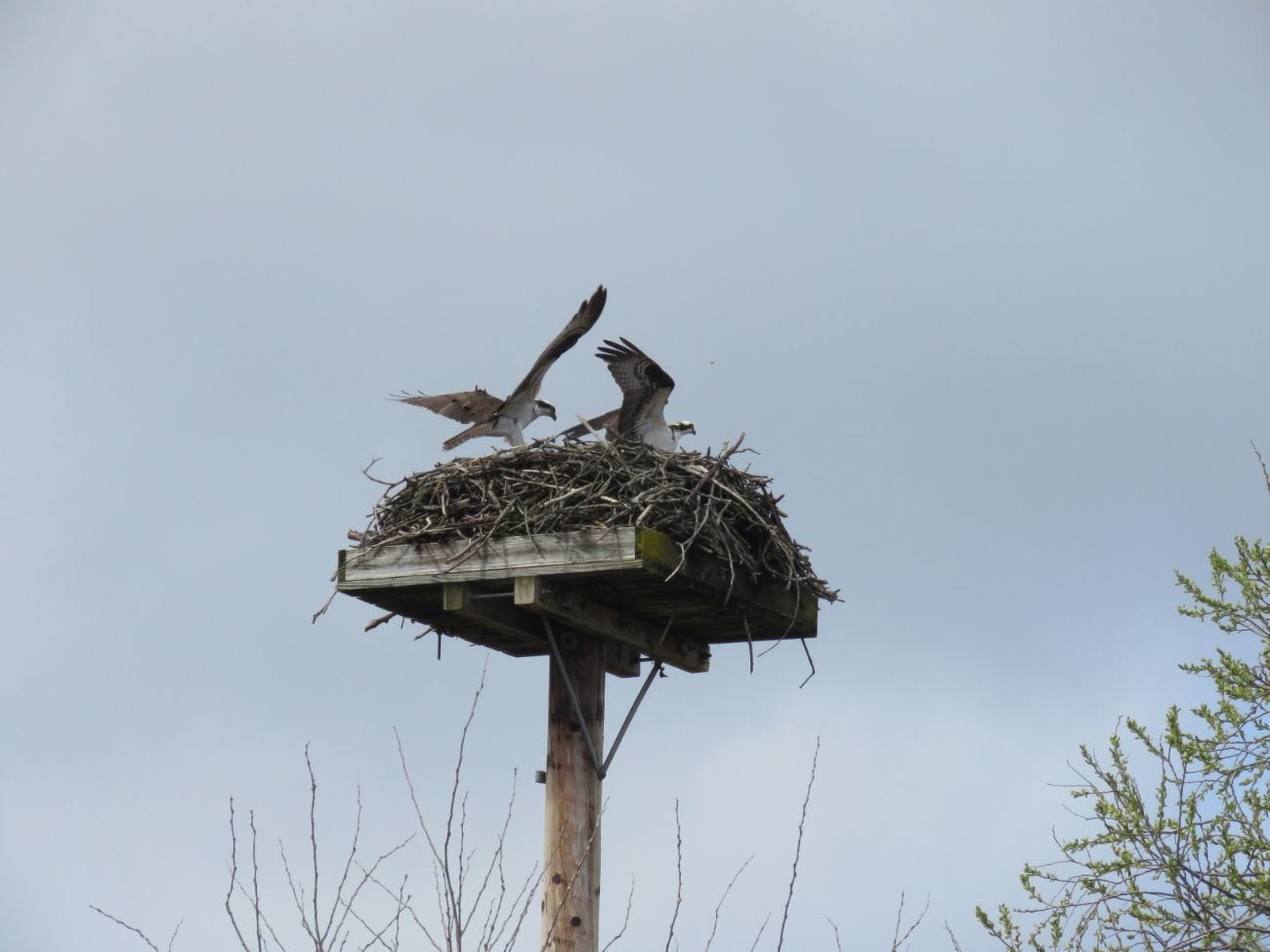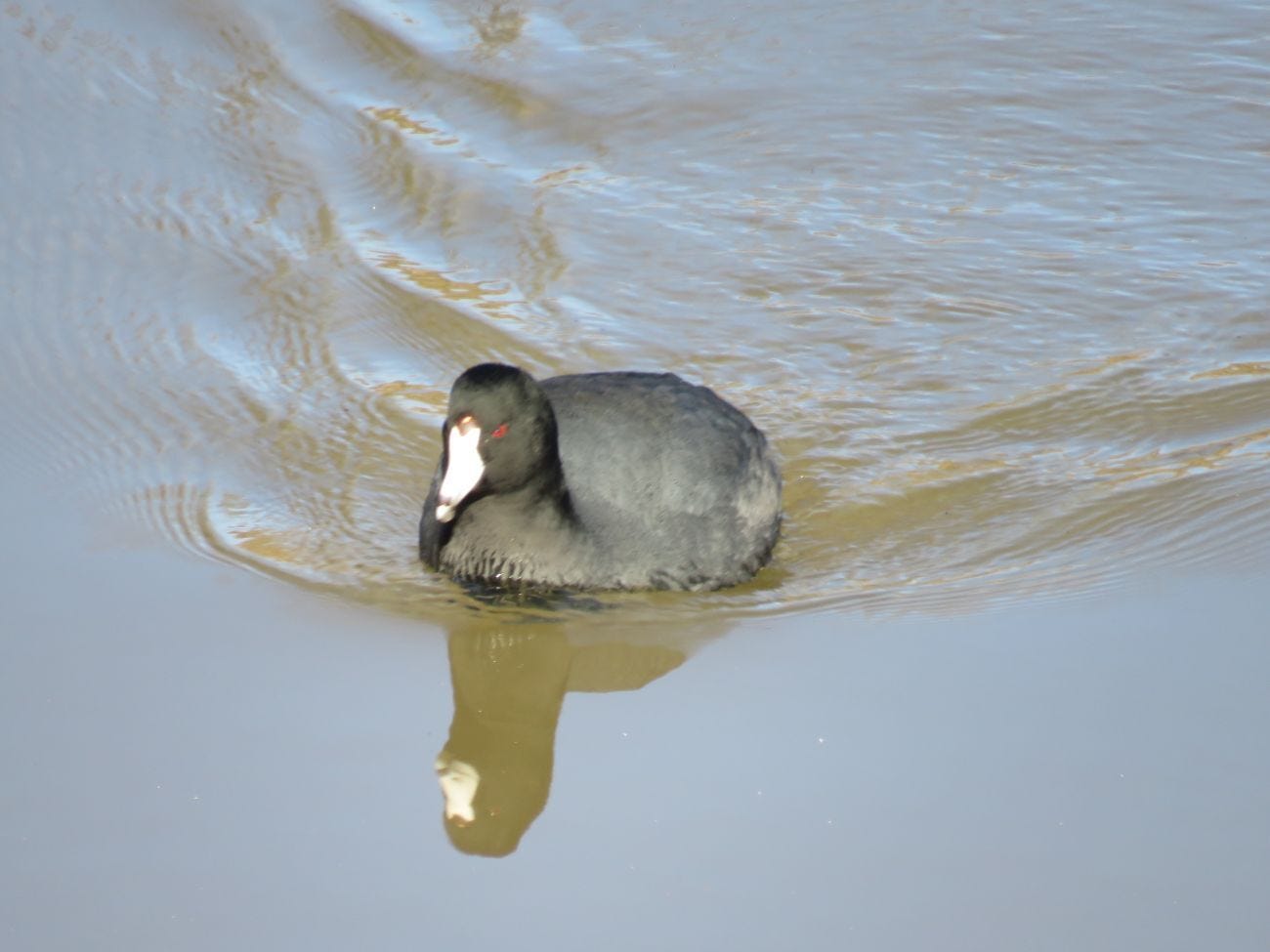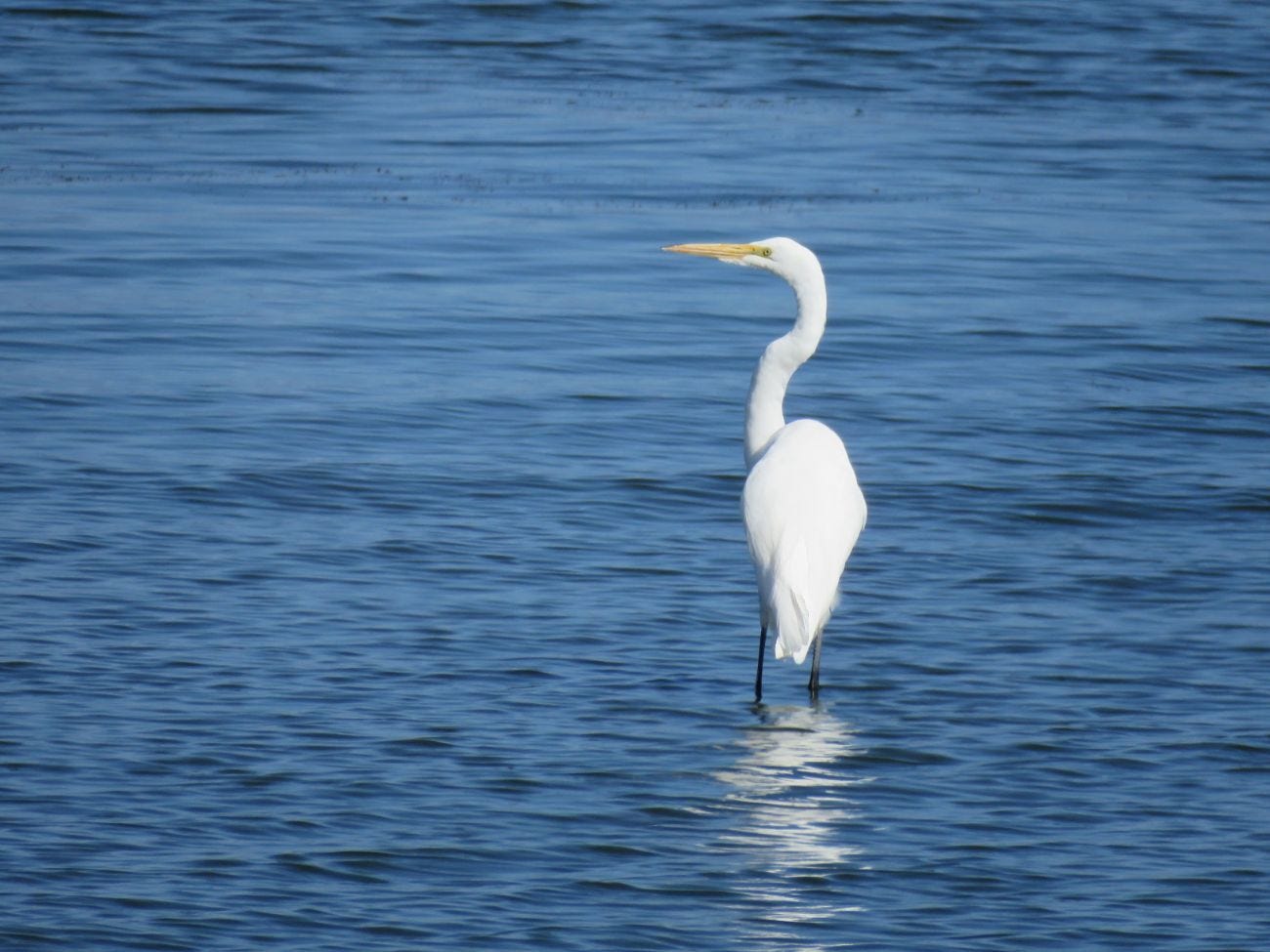What soars, glides or hovers? These cinematic feats all belong to the birds of Napa County and beyond. Each landscape, be it wetlands, woodlands or grasslands, opens up a world of possible bird encounters. Daffodils, mustard blooms and wildflowers are not the only offerings from Mother Nature to explore during the spring and early summer seasons. Napa County possesses thousands of acres of biologically diverse forests, woodlands, wetlands and hiking trails that provide habitat for wildlife galore, and this includes hundreds of bird species.
Since both trees and marshes attract birds, you will find birds on the wing or on waterways along Napa River, San Pablo Bay, American Canyon marshes and other waterfronts. You may be lucky enough to spot black oystercatchers, egrets, ducks, sandpipers, avocets, Canada geese and ducks of many other species. Dozens of tributaries fill the Napa River with its destination into San Pablo Bay and create the conditions for Napa County’s stop along the Pacific Flyway, the bird migration route running from Canada to Mexico.
The Pacific Flyway is not simply a “freeway” for avian species but a trail providing over-wintering habitats and feeding and breeding sites. Not all of Napa County's birds migrate, since some species are residents, such as mallards, which can be seen year-round. Others make their appearance in fall, when they arrive from the north or east. The spring migration season typically runs from March into June or even July, when birds use their internal compasses to navigate.
Scientists have determined that a bird's internal clock coupled with its “sun compass” aids in determining just when they need to pack up and leave home on their migratory journeys. Since birds are receptive to polarized light, they can still determine the position of the sun on foggy or overcast days, allowing them to travel on their merry migratory ways. It is also understood via avian research that birds’ eyes hold cryptochromes, or special cells that allow them to further sense the earth's magnetic field for successful migration. Birds orient themselves by landmarks such as rivers and mountains to plan their migration courses, as well.
Springtime and early summer brings out the colorful mating plumage of males in many bird species as they vie for a mate to complete their intended cycle of breeding and raising young. Smithsonian Magazine tells us that among the many species making the annual trek are hummingbirds and double-crested cormorants. Ospreys are fun to watch as they construct their massive nests on tall poles near water sources such as Lake Hennessey. They often make use of the previous year’s nests by adding finishing touches of twigs before they incubate and hatch their young.
Citizen Science websites such as iNaturalist Napa County, and eBird, Napa, California, display hundreds of species observed in the area, along with rare-bird alerts and information about hotspots that are particularly bird-rich. These include the American Canyon Wetlands, Napa-Sonoma marshes, Lake Berryessa, and Napa Valley’s state parks and creeks. Along with hand-held technology for identifying birds, field-guide books are still treasured tools used to explain just what poking and pecking creatures you may be observing.
Birdwatchers tell those of us who are new to the pastime that in order to identify bird species you can compare size, color and beak shape to birds with which you are already familiar. Birdsong is another fascinating way to learn to identify birds. Scientists use charts and tools such as sonograms, but we can use our non-technical ears to learn the melodies of many species.
Ornithologists distinguish between bird calls and songs by understanding that their calls may signify alarm or courtship. Many birdsongs can help identify species through both the length of the song and other complex definitions, such as repetitive patterns. Sounds that are not specifically songs are also employed by many bird species, such as the tapping and rhythmic sounds many types of woodpeckers sometimes make to denote their territory.
The ever-changing panorama of nature that shapes the world around us makes it fun to watch birds, whether you are out in nature or in an urban center. Grab your binoculars for some spectacular birdwatching opportunities as many species leave their southern winter homes to embark on the long journey north during spring migration.
To get to know our feathery friends, you can find many birding opportunities via the Napa Solano Audubon, Land Trust of Napa County and Friends of Napa Open Space District, who all offer nature’s bounty to the public with their walks and talks.
Kathleen Scavone, M.A., retired educator, is a potter, freelance writer and author of “Anderson Marsh State Historic Park: A Walking History, Prehistory, Flora, and Fauna Tour of a California State Park,” “People of the Water” and “Native Americans of Lake County.” She loves hiking, travel, photography and putzing in the garden.












Beautiful pictures and an interesting informative article.
Napa Solano Audubon is the local chapter and they have regular meetings and field trips for both beginners and advanced birders. It's fun to learn from knowledgeable birders. Check out their website.